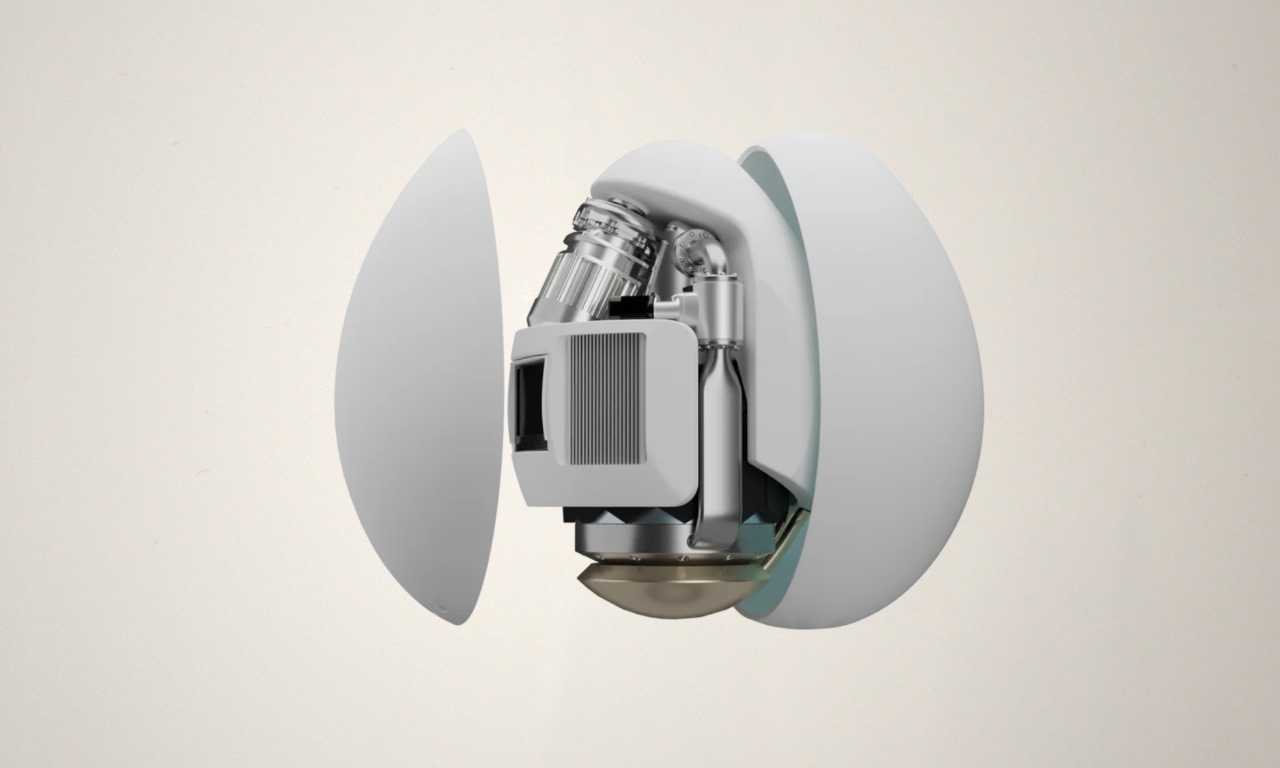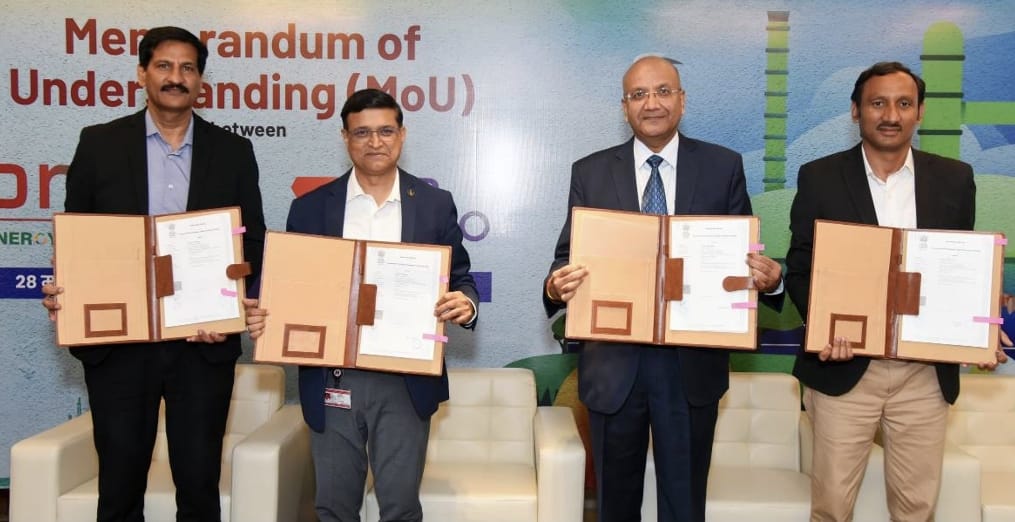Debunking the Viral ‘Enron Egg’: The Fake Nuclear Reactor Hoax That Fooled the Internet

As CES 2024 unleashes a wave of tech announcements, one peculiar “product” captured widespread attention: the Enron Egg, a micro-nuclear reactor supposedly designed to power homes for ten years.
Before you consider cutting ties with your electricity provider, know this—the Enron Egg is a hoax, created by a parody company borrowing the infamous Enron name.
A Fake Comeback: Enron’s “Revolutionary” Energy Solution
On Monday, a website resembling Enron Corporation’s branding introduced the Enron Egg, an egg-shaped device promising to revolutionize home energy. Its tagline, “Nuclear you can trust,” set the stage for a satirical masterpiece.
The faux product boasts features like heat-resistant casing for “unmatched durability and safety” and an integrated chip enabling 24/7 monitoring by Enron’s supposed nuclear management facility.
A parody launch video on social media added to the illusion, featuring fake executives presenting the product to a captivated audience.
Connor Gaydos, the mock CEO and co-author of the satirical movement “Birds Aren’t Real,” claimed the Egg could transform the power, independence, and freedom industries.
“I’ve been living with an Egg for a few months now, and let me just tell you that my little ones love it,” Gaydos quipped in the video.
Online Reactions: Laughter and Confusion
Many social media users immediately caught on to the parody. One joked, “I envision the world powered by Enron Eggs over easy!” while another asked, “Would you call this cracked?”
Yet, some fell for the hoax, believing the product to be real and inquiring about preorders. The website directs curious users to a newsletter signup under the guise of securing a spot for the Egg’s release.
A Satirical Reflection on Energy and Innovation
The fake press release, dated December 2, detailed Enron’s alleged relaunch to tackle the global energy crisis.
While nuclear power is genuinely gaining attention as a sustainable energy source, hurdles like high costs, regulatory challenges, and public fear linger. The Enron Egg’s satire cleverly highlights these complexities.
The parody website included an acrostic poem that spelled out adjectives like “repentant” and “nice,” mocking the disgraced company’s tarnished reputation.
Terms and conditions clarified that the site was performance art for entertainment purposes, but not everyone noticed this disclaimer.
The Illusion of Innovation
The Enron Egg’s mock product launch video also featured Daniel Wong, the fictional Chief Technology Officer, who explained the Egg’s cutting-edge technology.
Wong highlighted its advanced “enronium casing,” capable of extreme heat resistance, and a closed-loop cooling system for safety. Of course, “enronium” doesn’t exist—uranium ore powers real nuclear reactors.
The video further exaggerated claims, suggesting the Egg could power FEMA rapid response teams and support homes for up to a decade.
It touted affordability compared to traditional energy systems, with no mention of radiation or maintenance concerns.
Despite the outlandish details, some viewers were intrigued. One parody launch scene featured Wong describing a reactor with a “little TV” for continuous monitoring, underscoring the absurdity.
Satire Meets Reality
Micro-reactors are, in fact, real technologies under development. They aim to provide clean, efficient energy and support emergency responses. However, the Enron Egg rollout blurred the line between humor and misinformation.
Social media platform X flagged the product as satire with a Community Note, yet confusion persisted among some audiences.
“You have to break a few eggs to make a nuclear omelet!” quipped one X user, sharing an image of a green-topped omelet.
A Laugh at Energy Innovation
The Enron Egg serves as a humorous critique of consumer tech trends, misinformation, and the energy industry’s challenges.
While some may have taken the hoax seriously, others reveled in the joke, proving that even in the digital age, parody can be both a tool for entertainment and a lens for social commentary.








